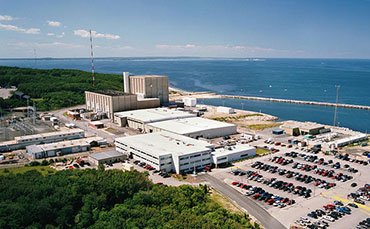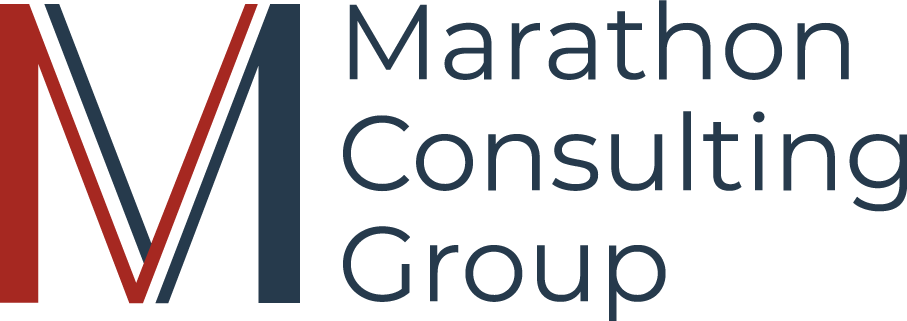Mentoring for Behavior Change
Entergy Corporation
Case Study
 Defined Need
Defined Need
Entergy Corporation engaged Marathon Consulting Group (MCG) to develop and lead mentoring efforts as a part of the Pilgrim Column 4 recovery. Causal analysis indicated several areas where a dedicated effort to change behaviors aligning to standards was necessary. Those areas were identified as Risk Recognition and Decision Making, Equipment Reliability, Operations Leadership, and a Corrective Action Program. Each of the areas have industry-identified standards. Pilgrim had previously attempted performance improvement in these and related areas, but their efforts stalled.
What Marathon has learned about behavior change over the regulatory recovery spectrum is that organizations can and do make actions sustainable by weaving them into the fabric of the organization. Rarely, however, do those actions result in sustained improved performance. This is primarily because well-intentioned people don’t recognize the reason for the desired behavior or what the new behavior looks like. Additionally, without a robust plan that includes sponsorship and touchpoints, mentoring results in cheerleading rather than changes in long-term behaviors.
Actions
Mentoring in this application took place at all levels of the organization.
- MCG developed an overall mentoring plan for the station.
- MCG developed specific mentoring plans for each of the areas of focus.
- MCG negotiated with and indoctrinated the management team in the plan.
- MCG assembled all the pertinent standards.
- MCG used lessons learned to bolster the mentoring process.
- MCG negotiated touchpoint methods to keep aligned with the management team and maintain their engagement.
- MCG authors the comprehensive and integrated mentor team monthly report.
- MCG resolves station and corporate feedback on topics in the report.
- MCG enables and supports station initiatives to improve performance in specified areas as the management team and station moves forward.
Results
Following completion of the action, numerous improvements resulted:
- Risk recognition and decision making at the management level has improved to the level that has resulted in no noteworthy events as a result of faulty decision-making in the last year.
- Work management behaviors have improved to industry-best levels over the last six months and equipment backlogs are now aligned with the fleet goals.
- The behaviors and decisions of the Corrective Action Plan onsite oversight groups (Plant Review Group, Corrective Action Review Board) have improved to the level of needing no significant coaching in the last six months.
- The latest inspection and corporate reviews recognized the station’s improved performance.
- It is expected that the regulator will rate these areas as having sustained improved performance in the September 2018 inspection.
- The return on investment in changing these behaviors is wide-ranging. One plant shutdown for a poor decision, such as not recognizing risk of allowing an equipment reliability item to remain unresolved, starts at a cost of $1 million. The cost of a Root Cause analysis to address repeat issues or poorly resolve issues starts at $500,000.
